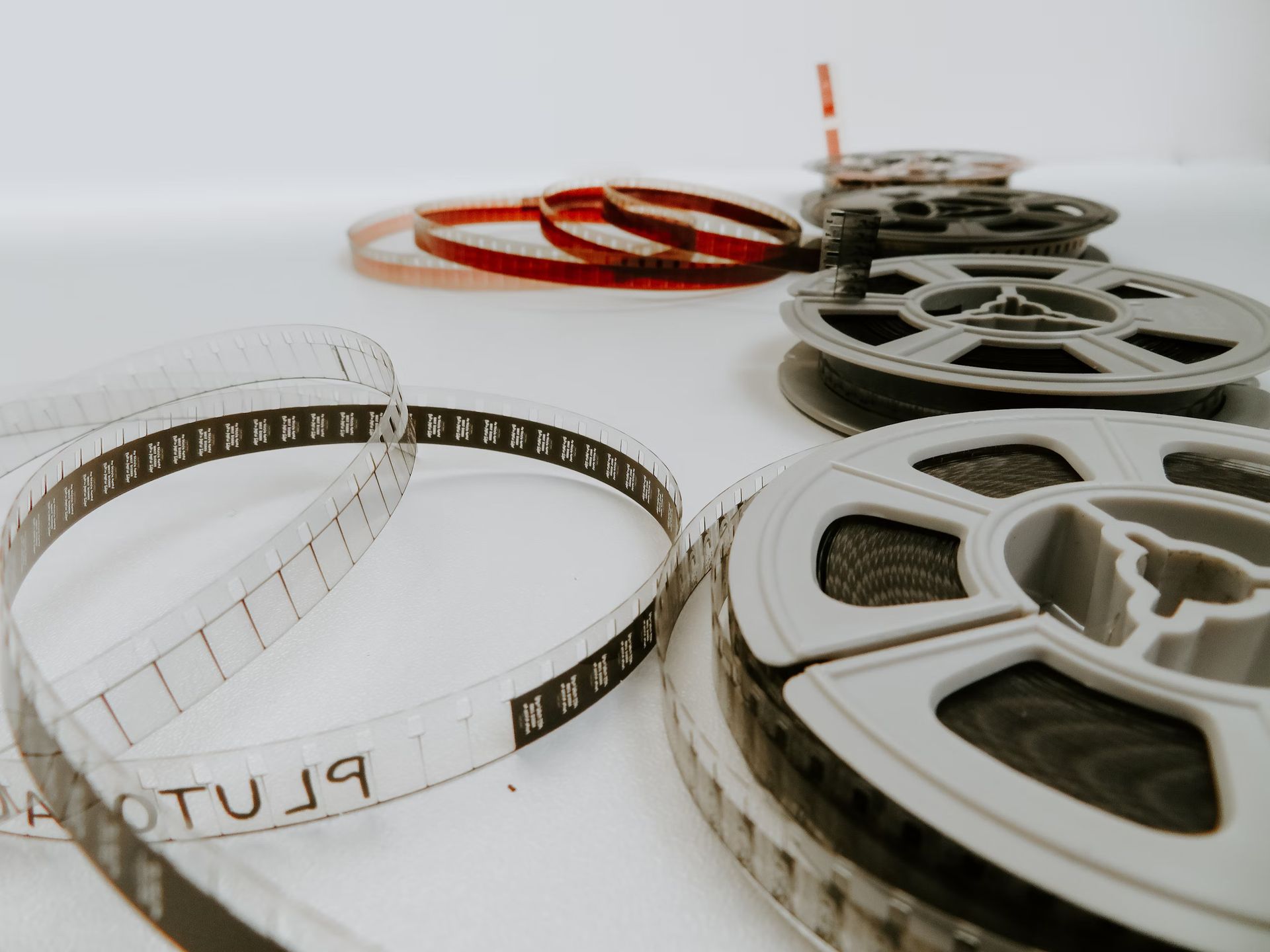Sam Altman, the CEO of OpenAI, has scheduled meetings next week with major film studios to introduce OpenAI’s latest development, Sora, a text-to-video AI tool. This technology, which converts written text into video sequences, represents a new frontier in content creation within the film industry.
Sora has garnered attention among Hollywood insiders. Altman’s goal is to position Sora as a valuable asset for studios, promising to add a new dimension to the filmmaking process.
OpenAI is under scrunity due to copyright issues
The venture, however, faces inherent challenges. The film industry, known for its adherence to traditional practices, is now at a crossroads with the introduction of AI technologies like Sora, sparking debates over its implications for creativity and employment within the sector. Altman is expected to address these concerns, aiming to find a middle ground that respects the industry’s creative integrity while introducing technological advancements.
As Altman prepares to make his case, the industry is watching closely. The discussions around Sora highlight broader questions about the role of AI in creative industries and whether such innovations can coexist with the artistic and ethical standards that define filmmaking.
OpenAI is currently entangled in various copyright infringement legal challenges, some of which involve the advanced language models underpinning ChatGPT.

The advent of AI in video production poses potential disruptions across the film industry, endangering roles from visual effects specialists to scriptwriters, and even actors.
The recent strike action by the Writers Guild of America (WGA) and Screen Actors Guild‐American Federation of Television and Radio Artists (SAG-AFTRA) was in part a response to the burgeoning use of AI in creative processes. These unions have been proactive in seeking agreements that restrict AI’s role in content creation and ensure fair compensation for the digital replication of actors.
The WGA is on the cusp of ratifying a provisional deal aimed at curtailing the use of AI-generated content in the creative process. Meanwhile, SAG-AFTRA has managed to secure commitments from studios for compensation and recognition for the use of actors’ AI-generated images, although it stopped short of an outright prohibition of the practice.
Don’t miss these new OpenAI Sora footage
New Sora videos
Besides these news, OpenAI shared new videos made by Sora, in collaboration with artists:
Shy Kids – “Air Head”
Toronto-based shy kids, a multimedia production company, harnessed Sora for their short film “Air Head” about a balloon man. Walter Woodman, Sidney Leeder, and Patrick Cederberg express their excitement for Sora’s ability to create surreal art, ushering in a new era of abstract expressionism for storytellers worldwide.
Paul Trillo
As a multi-disciplinary artist and director, Paul Trillo has found freedom in filmmaking through Sora, allowing him to bypass traditional constraints of time, money, and permissions. His work, celebrated for its innovation, uses Sora to bring new, previously impossible ideas to life.
Nik Kleverov
Co-founder of the Emmy-nominated creative agency Native Foreign, Nik Kleverov uses Sora to visualize concepts and iterate rapidly on creative projects for brand partners, emphasizing that financial limitations no longer dictate creative narratives.
August Kamp
Musician and artist August Kamp sees Sora as a pivotal tool that aligns with her imagination, enabling her to explore new dimensions of artistry through intuitive building and iteration on cinematic visuals.
Josephine Miller
Josephine Miller of Oraar Studio leverages Sora to realize long-held ideas, now possible without previous technical limitations. This advancement challenges her creative process and evolves her storytelling capabilities in 3D visuals, augmented reality, and digital fashion.
Don Allen Stevenson III
Don Allen III, a specialist in augmented and mixed reality, values Sora for its ability to prototype augmented reality creatures and concepts efficiently, focusing on creativity over technical obstacles, which enhances the emotional impact of his work.
Alex Reben
OpenAI’s Artist In Residence, Alex Reben, uses Sora as a foundation for developing 3D sculptures, exploring the conversion of video to 3D models and expanding the potential applications of AI in art, particularly in the realm of photogrammetry.
Videos in this post belong to respective owners and OpenAI.
Featured image credit: Jon Tyson/Unsplash





